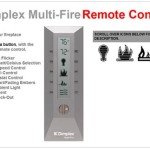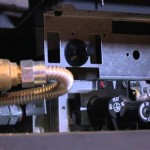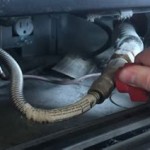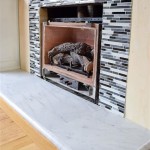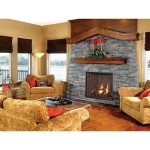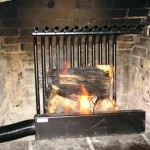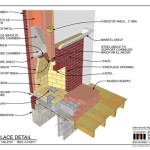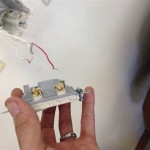Building a Wood Burning Fireplace
A wood-burning fireplace can be a beautiful and inviting addition to any home. It provides warmth, ambiance, and a focal point for gatherings. Building a wood-burning fireplace requires significant planning, skill, and adherence to local building codes. This article will guide you through the essential steps involved in constructing a safe and efficient wood-burning fireplace.
1. Design and Planning
The first step in building a wood-burning fireplace is meticulous planning. This includes determining the fireplace's size, location, and style. Consider factors like the size of the room, the available space, and the desired aesthetic. Consult with a qualified architect or fireplace specialist to ensure the design meets safety regulations and integrates seamlessly with your home's structure.
Key aspects of the design include:
- Firebox Size and Shape: The firebox dimensions determine the amount of wood that can be burned and the heat output. Larger fireboxes offer more heat but require a larger hearth and chimney.
- Hearth and Mantel: The hearth serves as a fire-resistant surface in front of the fireplace, while the mantel can provide decorative storage or display space. Choose sturdy materials like stone or brick for the hearth and mantel.
- Chimney Construction: The chimney is crucial for venting smoke and gases safely. It should be built with fire-resistant materials like brick or concrete and be tall enough to ensure proper draft.
- Smoke Chamber and Damper: The smoke chamber collects smoke before it enters the chimney, and the damper controls the airflow to regulate the fire.
2. Foundation and Masonry
A strong foundation is essential for supporting the weight of a wood-burning fireplace. The foundation should be built with concrete and extend beyond the fireplace's perimeter. Ensure that the foundation is level and properly reinforced with steel rebar. The masonry work, typically done with brick or stone, requires skilled craftsmanship to ensure the fireplace's structural integrity and aesthetic appeal. The firebox, hearth, and chimney are all constructed using fire-resistant materials like firebrick or mortar.
Important considerations for foundation and masonry construction include:
- Foundation Placement: Ensure the foundation is properly positioned, taking into account the fireplace's width and the hearth's overhang.
- Insulation: Apply a layer of insulation around the firebox to minimize heat loss and improve efficiency.
- Mortar Quality: Utilize high-temperature mortar designed for fireplace construction to withstand the heat and stress of burning wood.
- Chimney Support: The chimney needs to be adequately supported and braced to withstand the weight and thermal expansion during operation.
3. Installation and Finishing
Once the masonry work is complete, the fireplace can be finished and installed. This involves adding the fireplace door, damper, and any decorative elements. Ensure that the fireplace door is securely installed and seals tightly to prevent smoke from entering the room. The damper should function smoothly to control the airflow and regulate the fire. Finish the fireplace with a sealant to protect the masonry and enhance its appearance.
Final steps in installation and finishing include:
- Fireplace Door Installation: The door should fit snugly and have a tight seal to prevent smoke and sparks from escaping.
- Damper Operation: Check that the damper opens and closes easily, allowing for proper airflow and smoke removal.
- Chimney Inspection: Before using the fireplace, have a chimney sweep inspect the chimney to ensure it is free of obstructions and safe for operation.
- Safety Precautions: Place a fire screen in front of the fireplace to prevent sparks and embers from escaping. Keep flammable materials away from the fireplace and never leave a fire unattended.
Building a wood-burning fireplace requires careful planning, skilled craftsmanship, and adherence to strict building codes. With proper design, construction, and ongoing maintenance, a wood-burning fireplace can be a source of comfort, beauty, and warmth for many years to come.

How To Build A Fireplace Red Cottage Chronicles

Wood Burning Fireplace In New Construction Portland

New Wood Burning Prefab Fireplaces Complete Fireplace Installs

Thin Brick Wood Stove Surround Looks Great Feels Toasty

How To Make An Outdoor Wood Burning Stove Fireplace B Vintage Style

Old Wood Stove On Brick Hearth By Stocksy Contributor Brian Powell Fireplace Burning

How To Build A Long Lasting Fire Fiveways Fires Stoves

Wood Burning Fireplace James Campbell Los Angeles Real Estate Agent

Time To Replace Wood Burning Prefab Fireplace Greenville Sc Blue Sky

Building Science 101 Burning Wood In A High Performance Home Green Healthy Maine Homes
Related Posts

